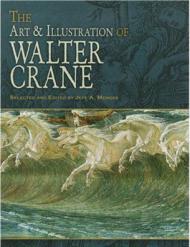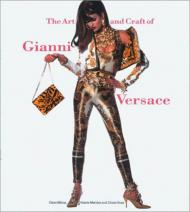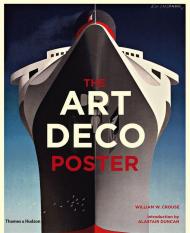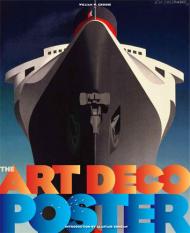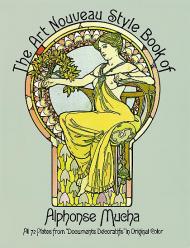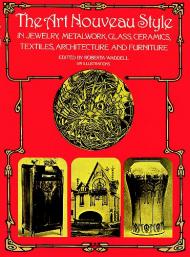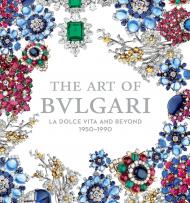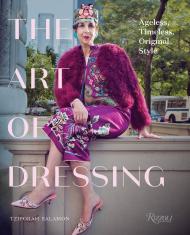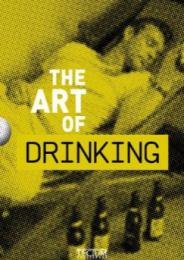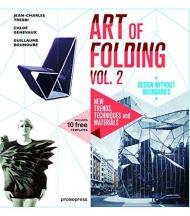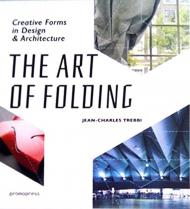A prominent figure in the Victorian art world, Walter Crane not only participated in the late nineteenth century's publishing revolution but also led the way toward the Golden Age of Illustration. Crane was instrumental in the transition from simple black-and-white illustrations for children's books to gallery-quality artwork. This original collection features more than one hundred of the influential artist's brilliant images. It constitutes a survey of his paintings as well as a visual history of the development of the first color illustrations.
Few artists of Crane's generation achieved careers as varied and successful as his. This compilation reflects the diversity of his subjects, from images for alphabet books, nursery rhymes, and fairy tales to scenes from stories of King Arthur and Robin Hood to illustrations inspired by the classics of Shakespeare, Hawthorne, and Spenser. Editor Jeff A. Menges provides an Introduction that places the artist and his works in historic context.
Издательства
- Rizzoli (298)
- Thames & Hudson (212)
- Laurence King Publishing (111)
- Abrams (89)
- 3DTotal Publishing (80)
- Phaidon (54)
- Victionary (45)
- Hoaki (42)
- Gestalten (41)
- PIE Books (40)
